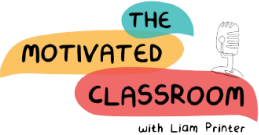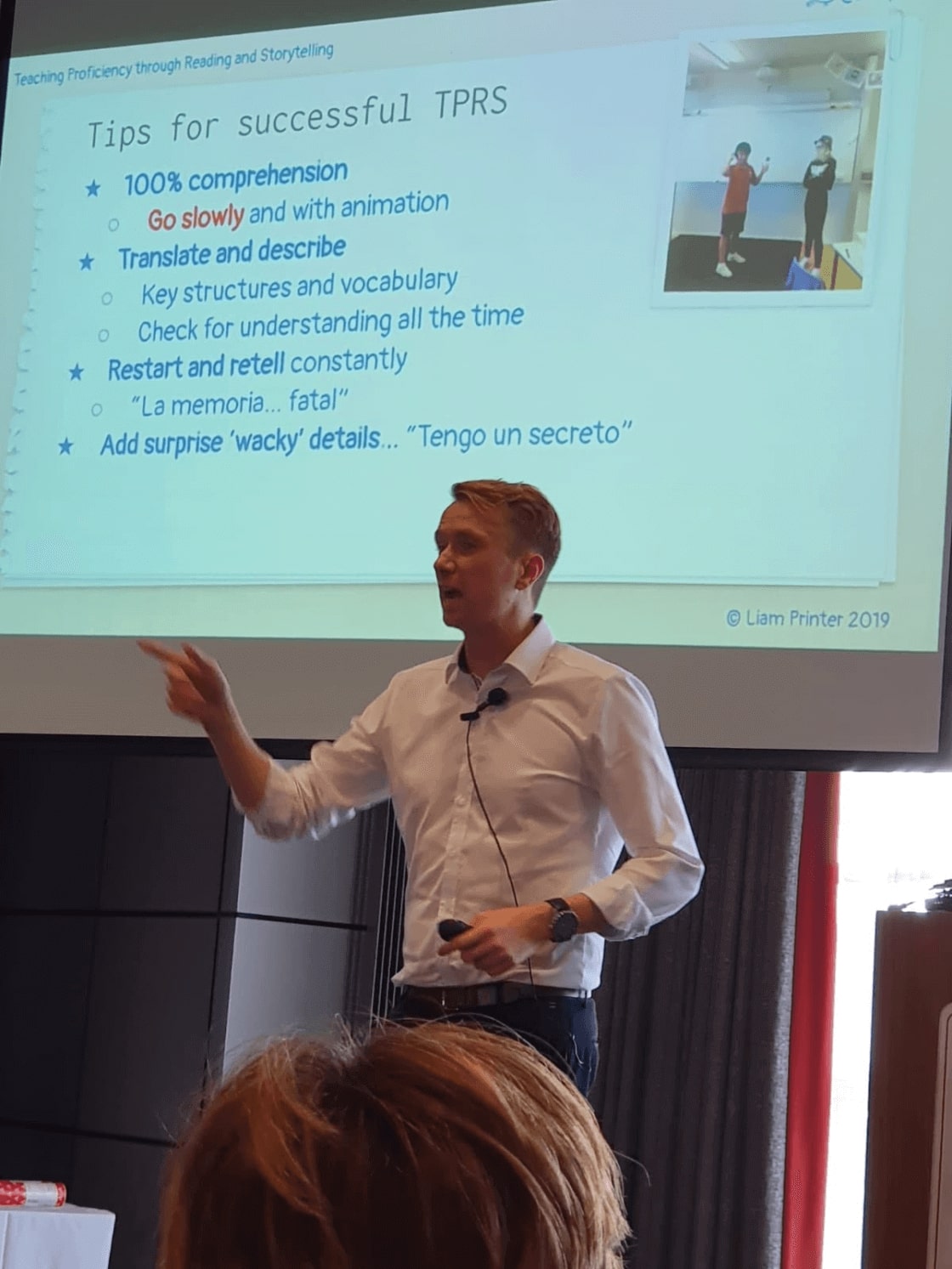During the Agen Workshop this summer, I heard and learnt a lot about teaching with an ‘untargeted comprehensible input’ approach and have been trying it out during the first two weeks of school. When we teach with stories using TPRS (Teaching Proficiency through Reading and Storytelling) we usually have very specific structures in our head that are ‘targeted’ as the key learning goals for that story. For example, a beginner Spanish story might have había = there was, fue = he/she went and olvidó = he/she forgot, as the three structures we want to repeat many times so they are acquired naturally by the learners listening and partaking in the story.
Teaching in an ‘untargeted’ way essentially means we start up an activity or conversation with the learners and whatever language they need to communicate becomes the focus of the lesson… or at least that is the way I go about it! One such method is having the students invent and create a ‘character’ or ‘personality’ for your stories using an approach called ‘the invisibles’ or ‘one word images’. Based on what I observed Margarita Pérez doing during the Agen Workshop, I had the students sit in a circle with no desks and then give me any ‘invisible object’ that was in our class in front of us… they used English if they didn’t know the Spanish word and I translated. After they had all given their idea I had them pick which one they liked best and then we started to give that object (we had 'invisibles' such as a piece of glass, a marker and a basketball) personality traits and a history.
Margarita Pérez having students create an invisible character
I genuinely had no idea how this would go but I had 100% engagement from everyone as we built these characters as a team and students received constant repetitions of various structures at a level comprehensible to them. In one class, they really wanted to say “she used to play but not anymore” so we went with it and I briefly explained the differed between jugaba = used to play and jugó = played. This is all based around Krashen’s ‘natural approach’ and making the input so compelling that students get lost in the acquisition without thinking about it.
In reality even if it is ‘untargeted’ we immediately start to ‘target’ various structures once the students have identified them as a phrase they need to communicate. The important thing is to limit these to just a few key structures and then repeat and circle them (ask many varied questions while using the structure) as much as possible so students are getting the required repetitions for acquisition. I tried this out in a number of classes and I feel like it went very well although it is still very early days… so let’s see how much language was actually acquired when we go back to class tomorrow after field trips!

